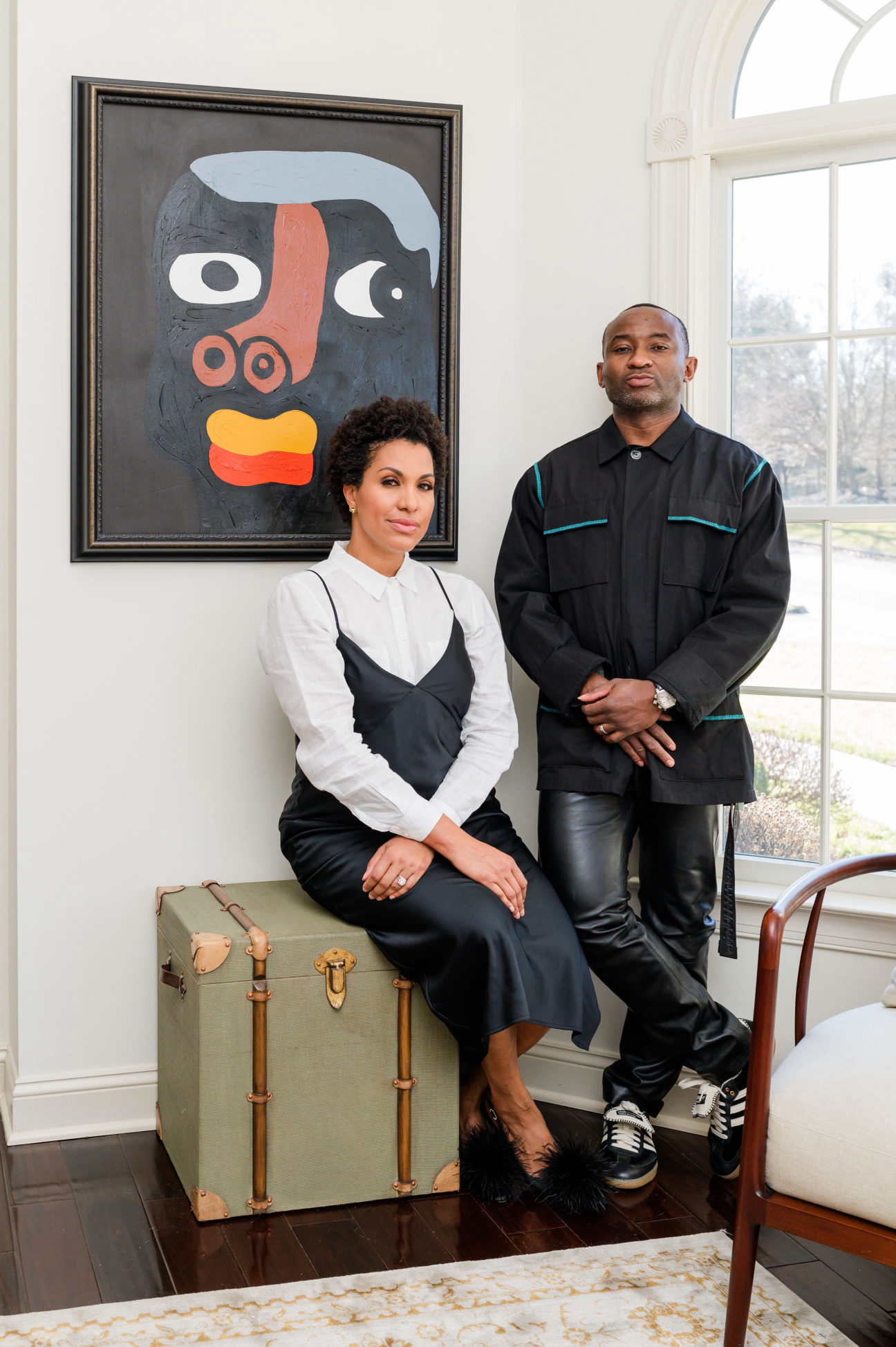
This February, writer, activist, and CULTURED contributor Rachel Cargle presents a series of conversations with Black collectors that celebrates community, history, and beauty. Up first is the doctor duo behind the nonprofit Wright Nao Art, which is dedicated to creating inroads for emerging Black artists at hallowed institutions.
What Doctors Tonya and Ato Wright have curated in their home is a collection rooted in one shared value: legacy. Legacy is defined as the long-lasting impact of events that took place in a person’s life. It's the legacy of Black life that the Wright collection focuses on. Black life across time, space, eras, and ideals. The couple’s most cherished pieces hang in what is now known as the Legacy Room—featuring works from artists like Kwesi Botchway, whose trajectory they followed from early on.
As their collection grew, art began to weave itself into their lives in wonderful and unexpected ways. Their young children have relationships with the pieces, their community has been influenced into collecting themselves, and they’ve developed an arts organization committed to getting artists' works into places they’ve traditionally been left out of. Below, Tonya and Ato reflect on the genesis and future of the Wright Collection.
Rachel Cargle: Tell me about the first art piece, the one that seeded what we now know as the Wright Collection?
Tonya Wright: One evening, I was watching the nightly news and saw a local artist on the news showcasing some of his work that had been featured in a TV show at the time, Empire. He was an emerging artist given the opportunity to show his work on the show, and I was so drawn [in]. His name was John Moody. He was a SCAD graduate with this very unique style—excellent portraiture with his own kind of splash technique and all these bright colors.
At the time, Ato’s grandmother had recently passed. I had been fortunate to meet her the year prior, and I wanted to do something really special to honor her legacy. I sent the artist an email, with a picture of a beautiful black and white photo I had of her, and commissioned an original piece. As our collection grew, we just really wanted that painting to remain our centerpiece.
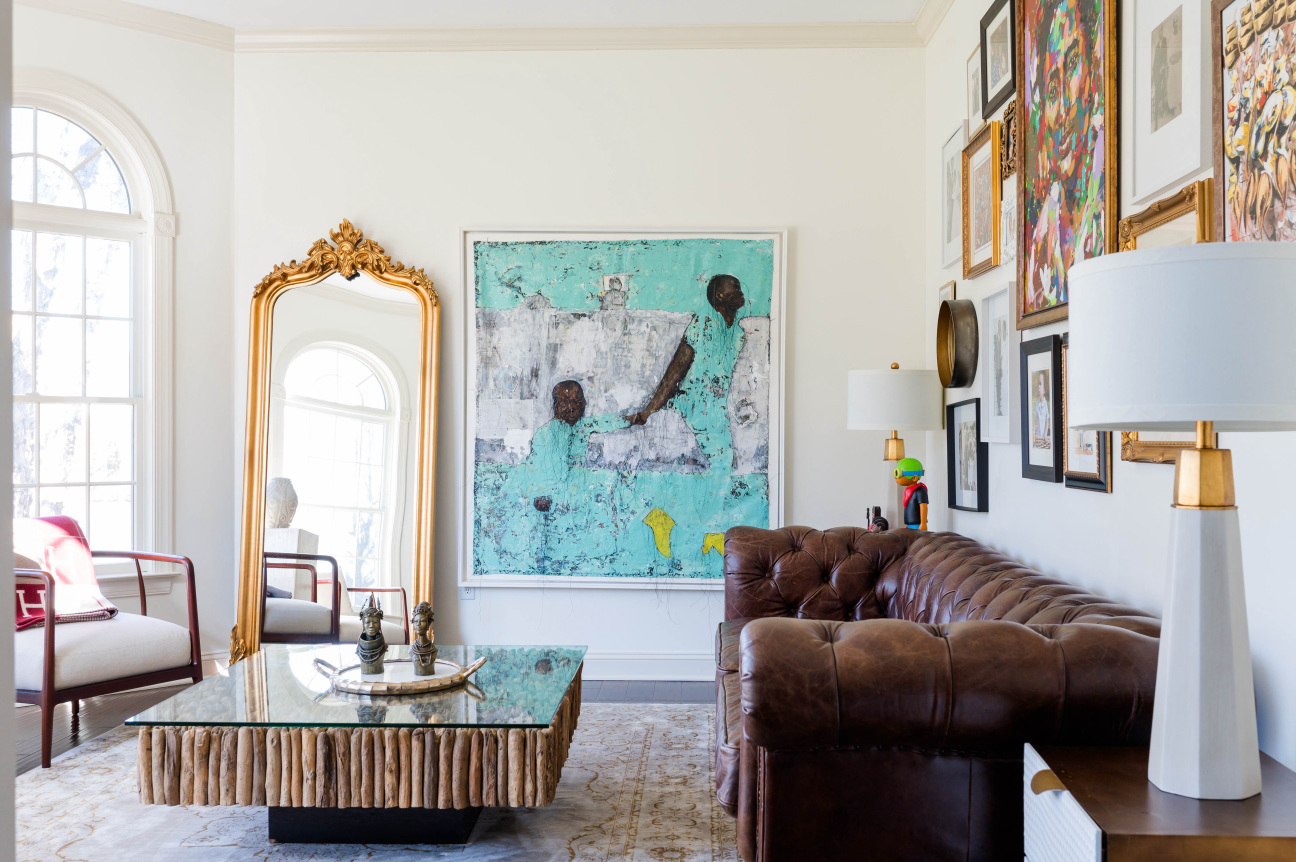
Cargle: I don't think we can speak to legacy without getting to understand how your three sons play into this collection and what their relationship to the art is?
Wright: So we have an almost seven-year-old, an almost five-year-old, and a little bitty baby two-year-old. We're at the point where they actually connect with art on a very mature level. They'll see a piece and ask for it to be in their room. They've talked about images that they've seen around the house and shared, how they feel about them. They respect the art and the collection, and they know how important the art is to us. Once my son was upset with me, and as an attempted insult he shouted, “I don't like your art!” which really spoke to how aware he was about how much the art means to me. We say often we want to preserve this collection so that it's passed on in the family to your family. The boys seem to connect to that sentiment when we discuss it.
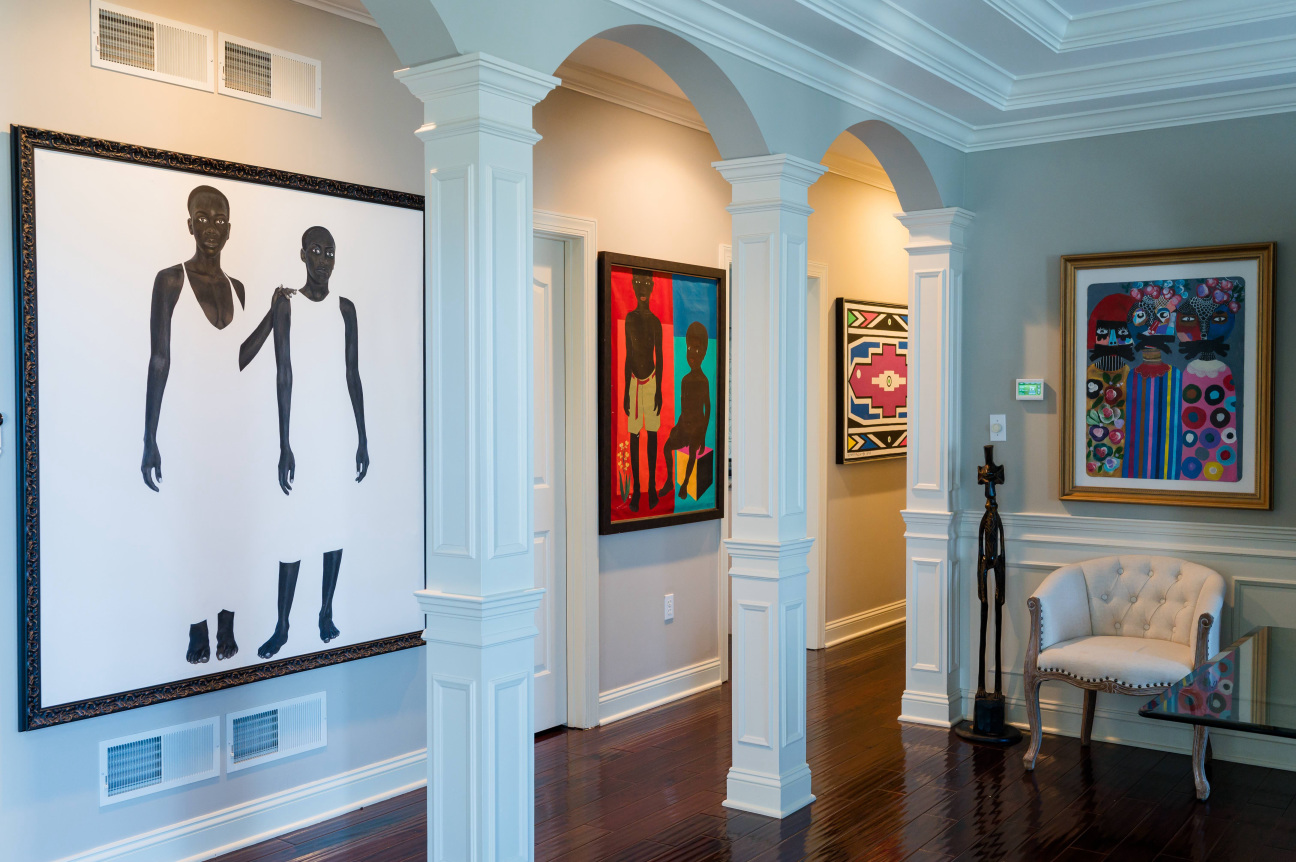
Cargle: What role does art play in a home, particularly in a Black home?
Wright: When we started collecting, the goal was mainly to beautify our home. As we matured in the journey, there was a realization that art serves so many more purposes. Historically, art was used to document time. It became apparent that as a minority couple in a central Pennsylvania region—where we make up 3% of the population in the town that we live in—we have to surround ourselves with imagery that affirms our journey and what we believe in. We want to empower ourselves and empower our family.
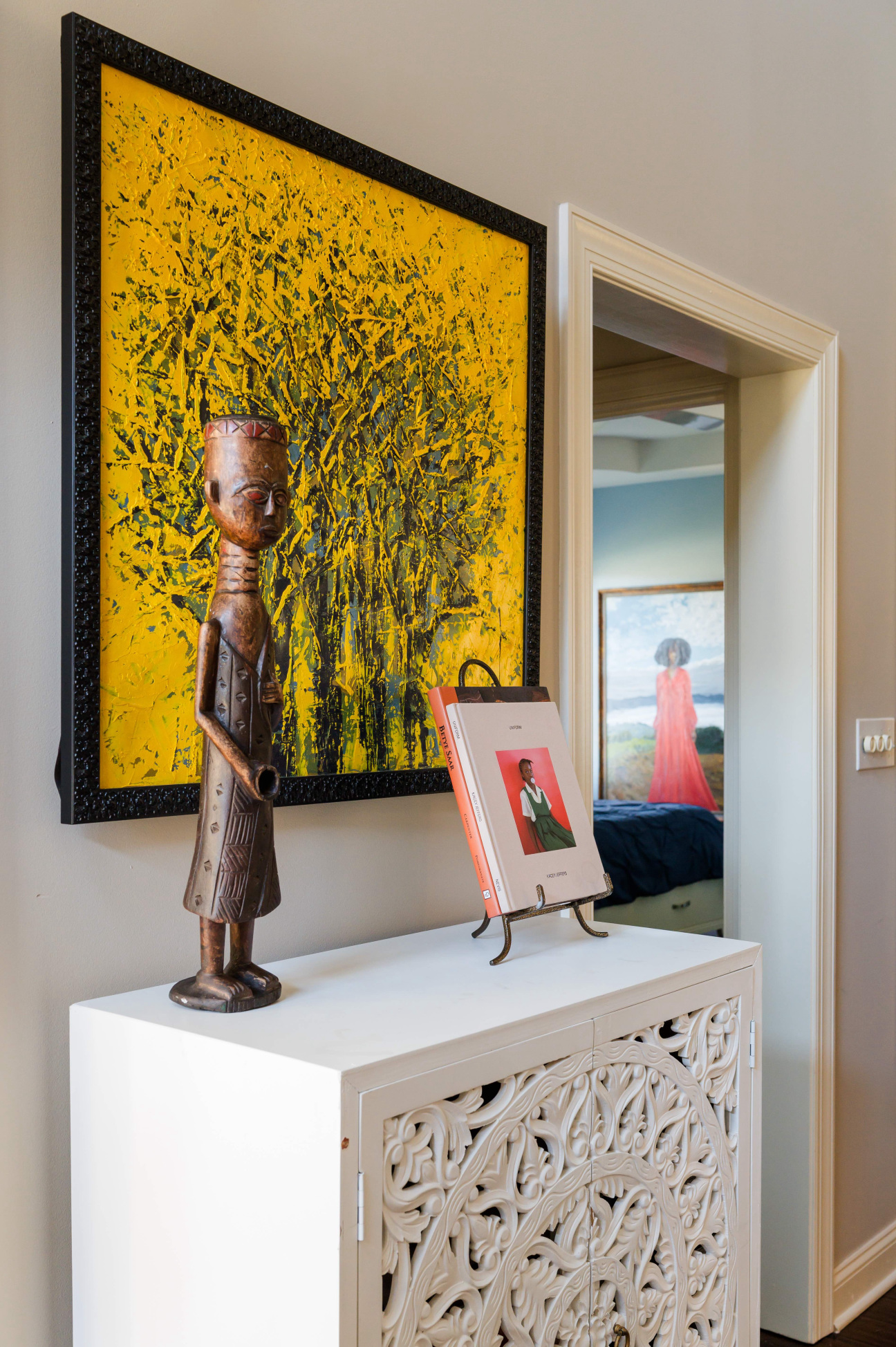
Cargle: In your experience, what does it mean for a Black artist to be collected by a Black collector?
Wright: I think for Black artists there is value in knowing their art is being valued and appreciated by their community first. Appreciation doesn't only happen when acquired by a museum. Art doesn't only have to live in museum institutions. They can also live in the home. I think that's something that people don't really think about.
Cargle: Does your collection have a narrative?
Wright: For me, it's like being able to tell a story as time evolves. For example, during Covid I was interested in how artists were interpreting our shared experience. We were able to pick up a piece by a young artist from Memphis, Tennessee, Kayla Elise. It was really an interesting composition of all the things we were going through. But once you look at it, you know exactly what time period you were in.
Cargle: What do you feel is the role of a collector in the ecosystem of art?
Wright: As collectors, I think we're patrons. We're intentional about this aspect of our collecting journey. We want to expand the ecosystem of collectors because that's how an artist continues to have a career. As a part of trying to grow this ecosystem, we founded the nonprofit Wright Nao Art whose goal is to build our relationship with institutions, so that we can facilitate these artists being in spaces that they otherwise would not have the opportunity to be in.
Want to read more from collectors around the world? Read Oleg Guerrand-Hermés's six-step process for discovering new artists, David Cancel's strategy for helping Puerto Rican artists find their way into museums, or how Erin Leider-Pariser discovered collecting while working at Beth Rudin DeWoody's personal trainer.

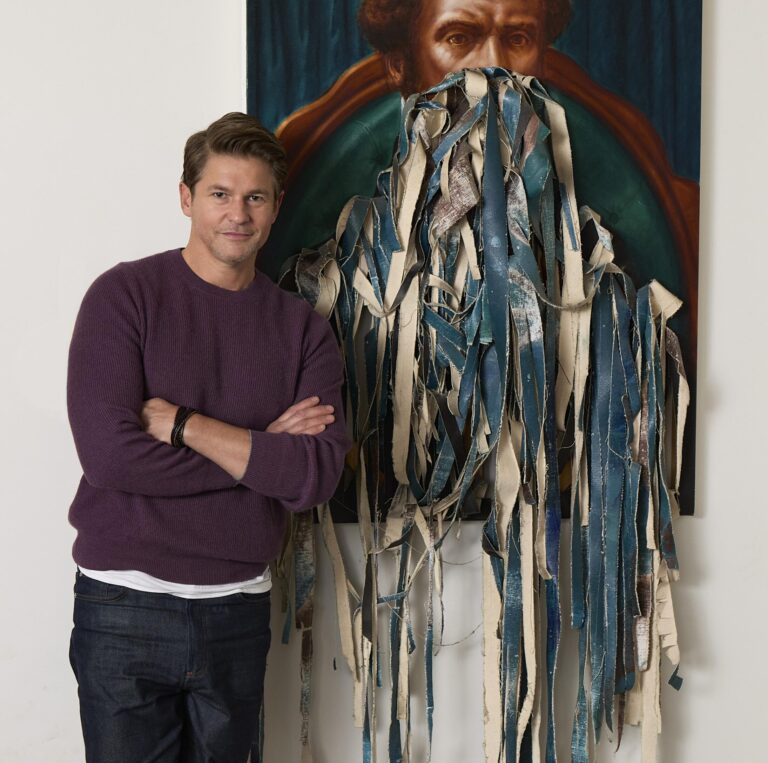
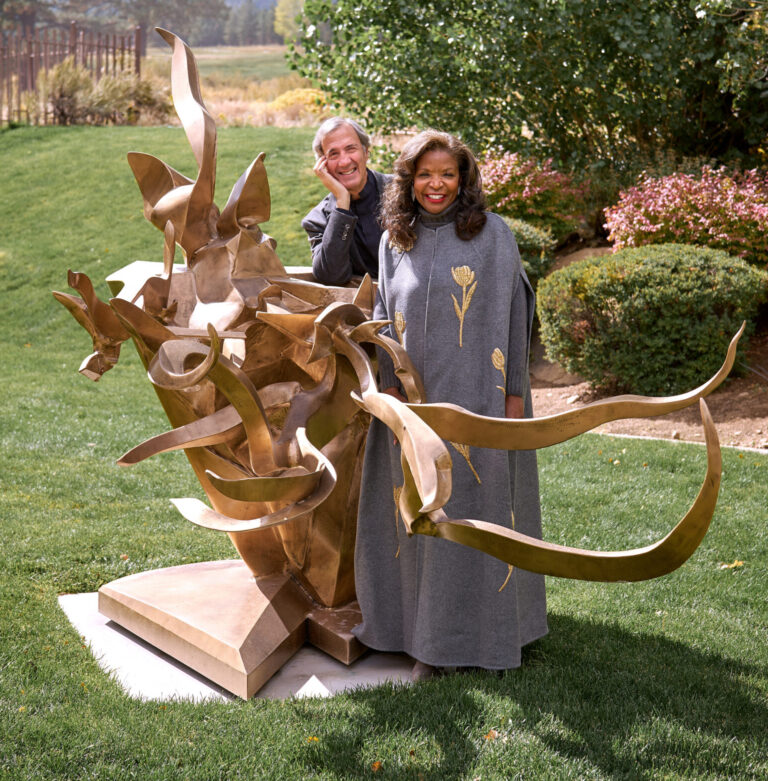
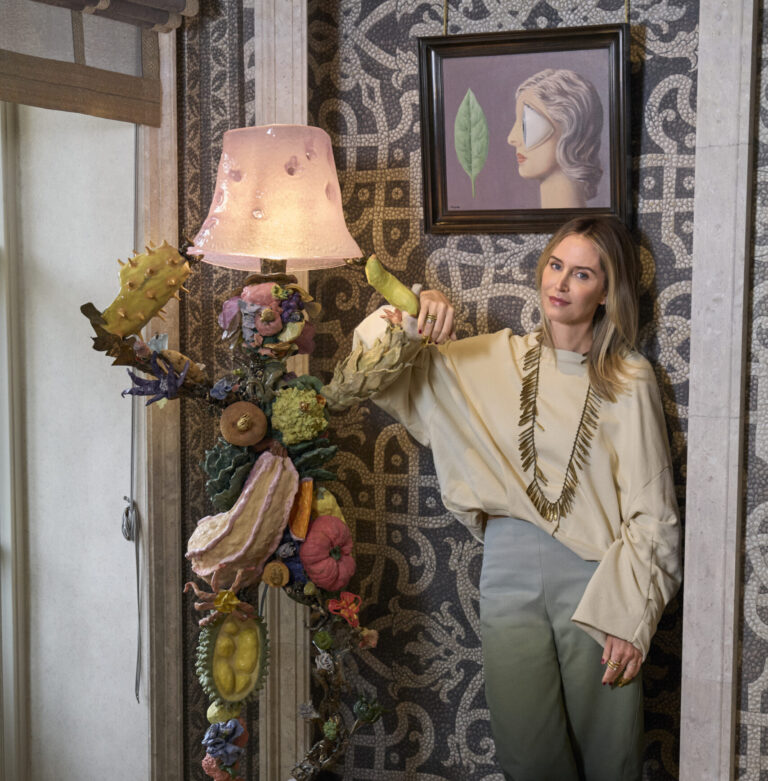
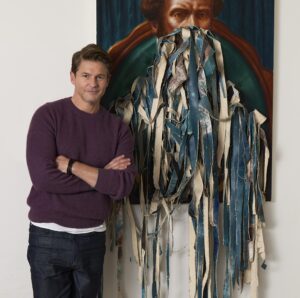
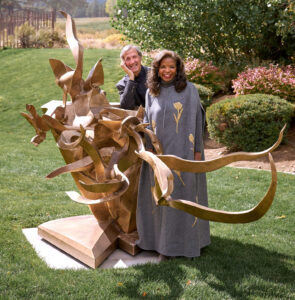
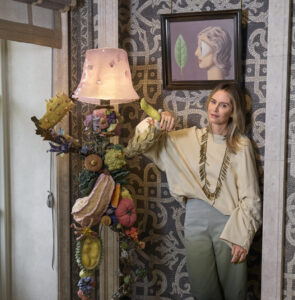



 in your life?
in your life?

